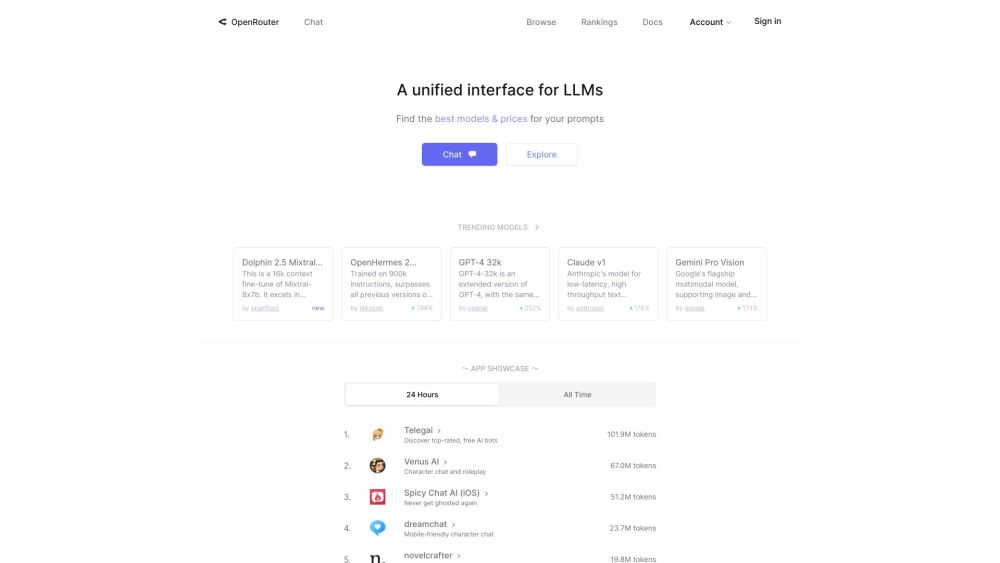Salesforce AI Research has recently unveiled MINT-1T, an unprecedented open-source dataset comprising one trillion text tokens and 3.4 billion images. This multimodal interleaved dataset combines text and images in a way that mirrors real-world documents, surpassing existing public datasets by tenfold.
The significance of MINT-1T in the AI realm is profound, particularly for advancing multimodal learning, where AI systems strive to interpret text and images simultaneously, much like humans do. The researchers emphasize the importance of such datasets for training leading large multimodal models, stating, "Despite the rapid progression of open-source LMMs [large multimodal models], there remains a pronounced scarcity of large-scale, diverse open-source multimodal interleaved datasets."
MINT-1T distinguishes itself not only by its scale but also by its diverse content. Sourced from various platforms, including web pages and scientific literature, it provides a comprehensive view of human knowledge, essential for creating AI systems adept across multiple disciplines.
This massive dataset democratizes AI research, enabling smaller labs and independent researchers to access data similar to what large tech firms possess. Its release could foster innovation and inspire fresh ideas in the AI community.
Furthermore, Salesforce's initiative aligns with the increasing trend toward transparency in AI development, raising crucial questions about future directions. As more stakeholders engage with AI tools, ethical considerations and responsibilities become more urgent.
The ethical implications of MINT-1T are significant. The vast quantity of data introduces complex issues surrounding privacy, consent, and the risk of amplifying existing biases. As datasets scale, the likelihood of encoding societal prejudices into AI systems increases. Balancing data quantity with quality and ethical sourcing is paramount. The AI community must develop robust frameworks for data curation and model training that prioritize fairness, transparency, and accountability.
As MINT-1T emerges, the potential for accelerating AI advancements is substantial. Training on diverse, multimodal data can enhance AI's ability to understand and respond to human queries involving text and images, paving the way for more sophisticated AI assistants. In computer vision, the extensive image dataset could lead to significant breakthroughs in object recognition and autonomous navigation.
Perhaps most exciting is AI's potential to improve cross-modal reasoning, enabling models to accurately answer questions about images or generate visual content from text descriptions.
However, the path forward is fraught with challenges. As AI systems grow in power, the stakes surrounding bias, interpretability, and robustness are high. The community must prioritize the development of AI systems that are reliable, fair, and aligned with human values.
MINT-1T represents both a catalyst for AI innovation and a reflection of collective knowledge. The choices researchers and developers make in utilizing this dataset will significantly influence the future of artificial intelligence and our increasingly AI-driven society.
In summary, the release of Salesforce's MINT-1T dataset democratizes access to AI research, potentially igniting significant breakthroughs while also prompting essential discussions about privacy and fairness. As researchers explore this vast resource, they are not only refining algorithms but also shaping the ethical foundation of AI. In this era of abundant data, instilling responsibility in machine learning is more crucial than ever.






